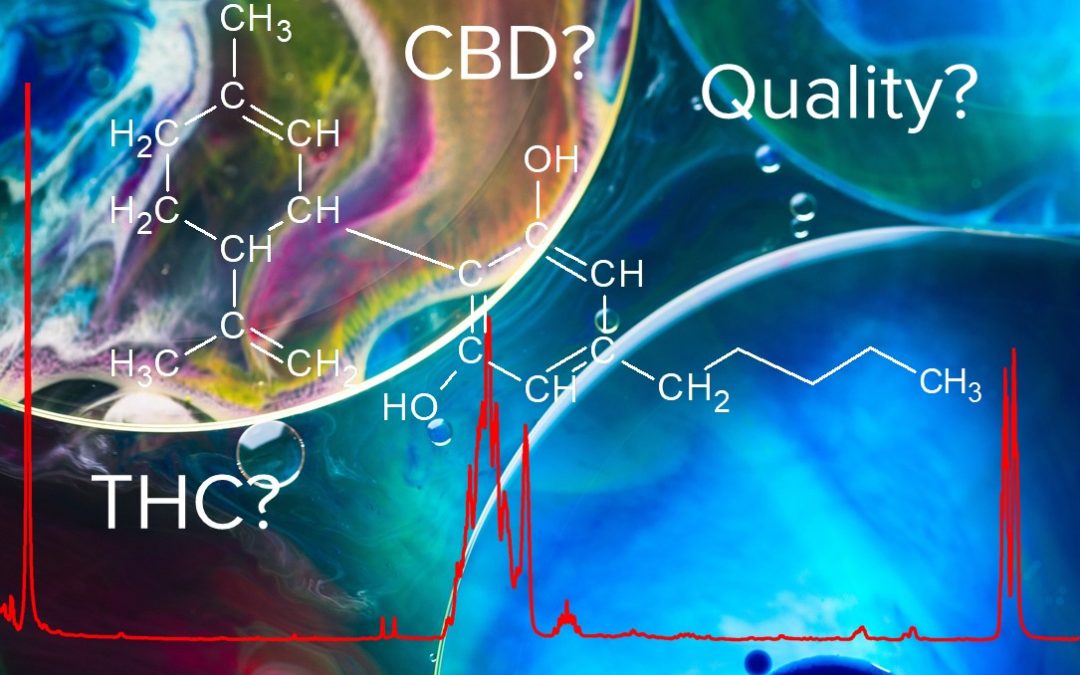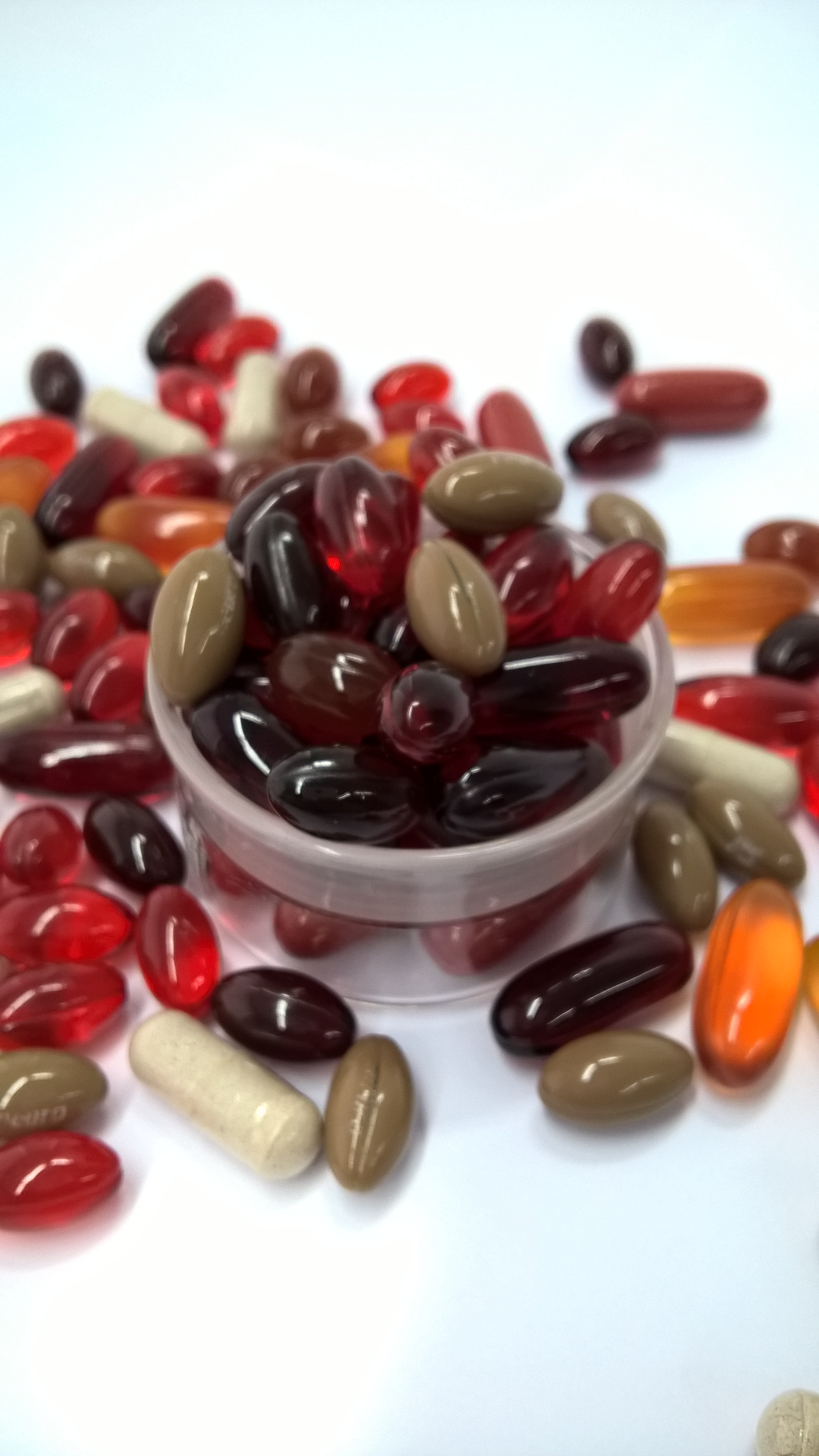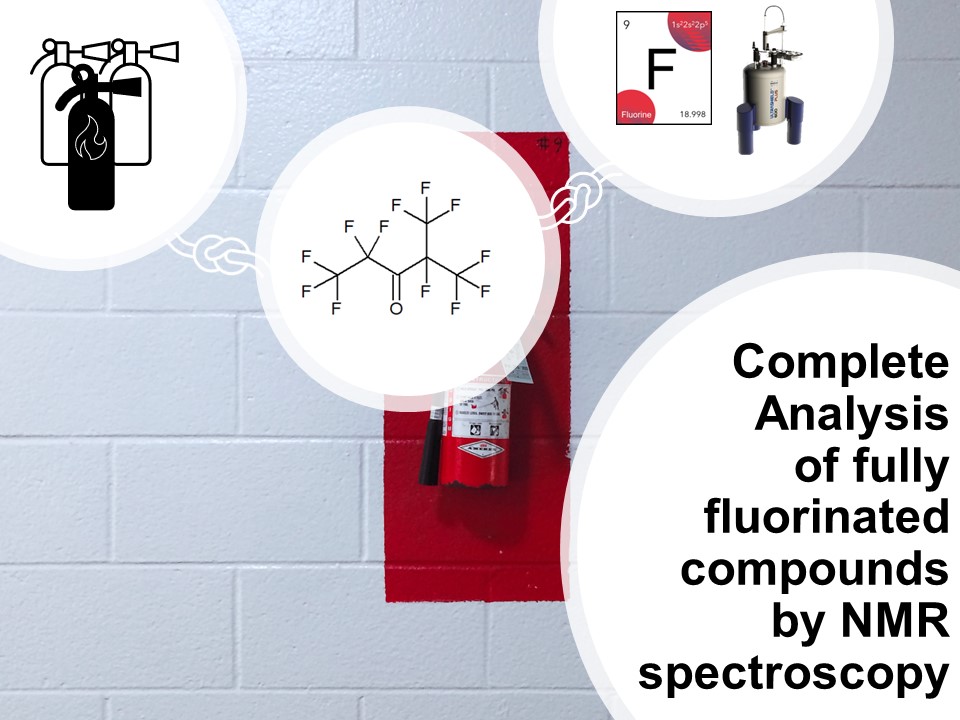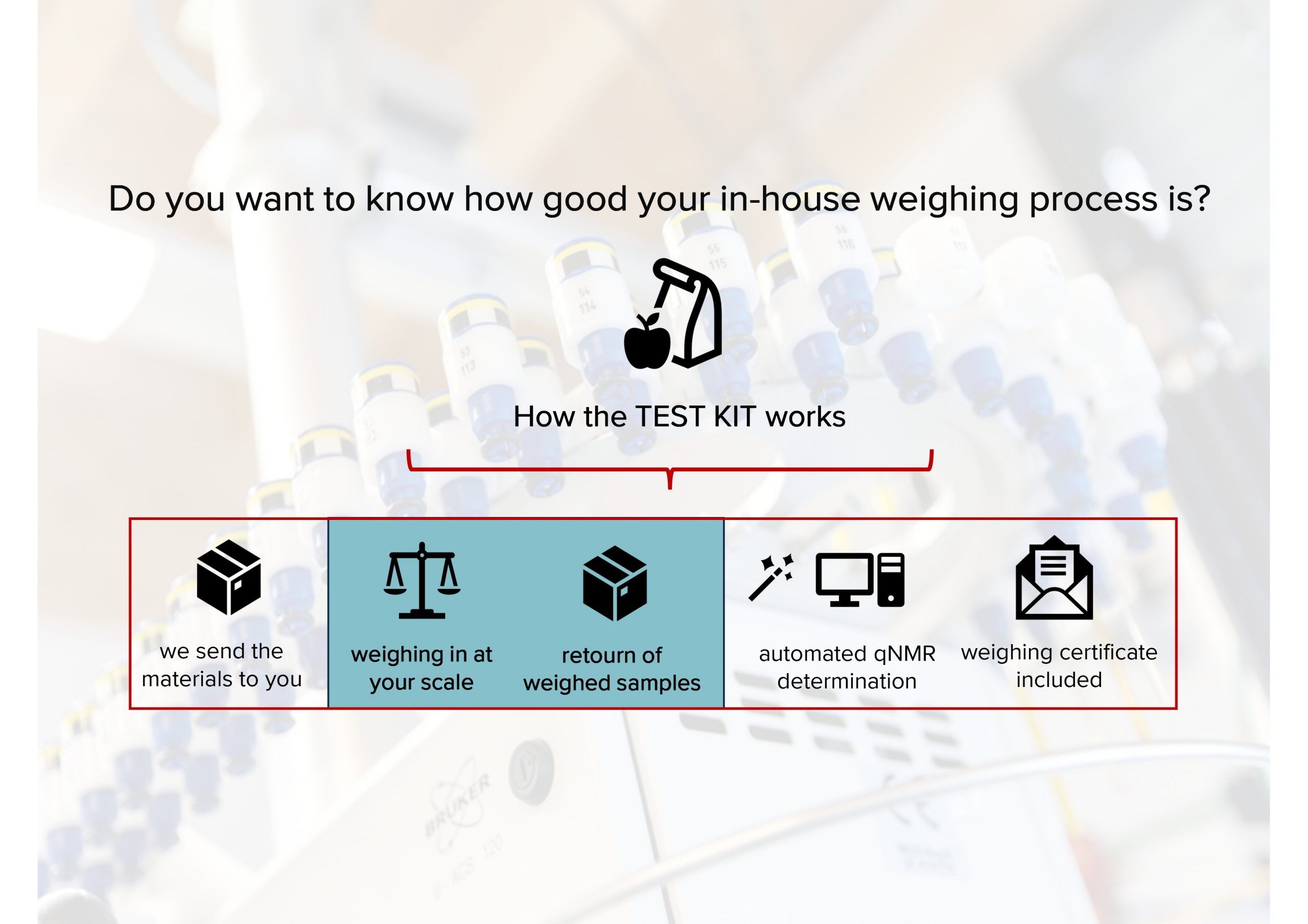Cannabinoid containing products become more and more popular because of their status of a lifestyle product, the hype about the principle of legality and because of their putative health benefits.
The market for cannabidiol products is booming, especially in the US. This development explains why the hemp-CBD market could hit the US$ 22 billion mark by 2022 [2]. But how is the quality of these products determined? Usually cannabinoid containing products combine non-active and active constituents. “Non-active” constituents are for example triglycerides, sugars, fragrences, antioxidants and preservatives. “Active” ingredients include the class of cannabinoids with Δ9-tetrahydrocannabinol, Δ8-tetrahydrocannabinol, cannabidiol, cannabigerol and cannabinol as one of the most important representatives.
How can we differentiate cannabinoids?
The cannabinoids show a comparable skeleton with modifications in the C5 side chain, substitutions of carboxylic acids and hydroxyl groups, or an additional cyclisation (Fig. 1).

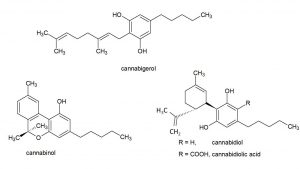
Fig.1 Chemical structure of the most important cannabinoids
The analysis of these substances is performed by using GC and HPLC. However, in this blog post, we would like to concentrate on CBD containing products. So, what would you say if you just prepared the CBD product once and analyzed several quality parameters in only one analysis run? Wouldn’t that be exciting? It is possible! And I explain you how!
Our current NMR research project
In the research project, I present you, we analyzed CBD oil. The CBD oil was solved in different solvents like deuterated chloroform (CDCl3), acetonitrile-d3 (CD3CN) and methanol-d4 (MeOD). Within the 1H NMR spectrum of CBD oil in CDCl3 we can see several signals of the oil, the triacylglycerides. By evaluating the signals, a classification of the oil type is possible: saturated and unsaturated ratio, omega-3 content, ratio of 18:2 and 18:3 fatty acids (Fig. 2).
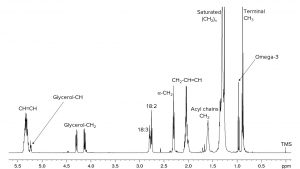
Fig.2 1H NMR spectrum of CBD oil; details: triacylglycerides
But where in the NMR spectrum can we find the CBD? The H-9 protons give us two different signals: one signal for the cis and one for the trans configuration, which is also known as the cis-trans isomerism. The cis signal at 4.64 ppm was overlapped with another signal which made the quantification more challenging. Unfortunately, the H-2 proton disappeared in the huge allylic signal of the unsaturated fatty acids at 5.3 ppm (Fig. 3). Thus, CDCl3 is the optimal solvent for analyzing tri-, di- and monoacylglyceride, but probably, it is not the ideal solvent for analyzing CBD.
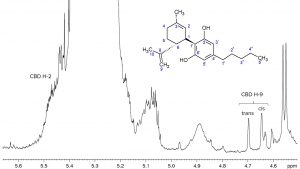
Fig.3 1H NMR of CBD oil in CDCl3; details: “double bond region” showing CBD signals
The next solvent we used was MeOD. Even if the H-2 signal is overlapped by an allylic signal, the signals of the protons H-9 and H-3’/5’ are completely baseline separated (Fig. 4). These signals showed optimal conditions for being used for the quantification.
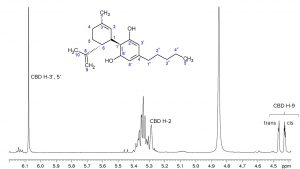
Fig.4 1H NMR spectrum of CBD oil in MeOD; details: “double bond region” showing CBD signals
CD3CN is also a suitable solvent. As we can see, the only significant difference to the MeOD NMR spectrum was the chemical shift of the H-9 signals. By using CD3CN the signals of the cis and trans H-9 were pushed closer to each other (Fig. 5). However, both solvents MeOD and CD3CN can be used for the identification and quantification of CBD.
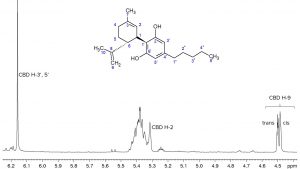
Fig.5 1H NMR spectrum of CBD oil in CD3CN; details: “double bond region” showing CBD signals
Within a Master thesis (March to August 2019) cooperating with the University of Applied Sciences Bonn-Rhein-Sieg, a target analysis will be developed to analyze the quality of CBD oil. Preparations are currently underway for this project. Therefore, we are looking for cooperation partners. Are you a CBD oil manufacturer? Then you are in the right place here with us! If you are interested, please send a mail to my email address Elina.zailer (at) spectralservice (dot) de and I will forward you all required information.
Stay tuned!
[1] http://www.erienewsnow.com/story/39746691/hemp-oil-market-global-industry-share-market-trends-and-forecast-2026-credence-research (2/18/2019)
[2] https://www.rollingstone.com/culture/culture-news/new-study-cbd-market-22-billion-2022-722852/ (2/18/2019)
